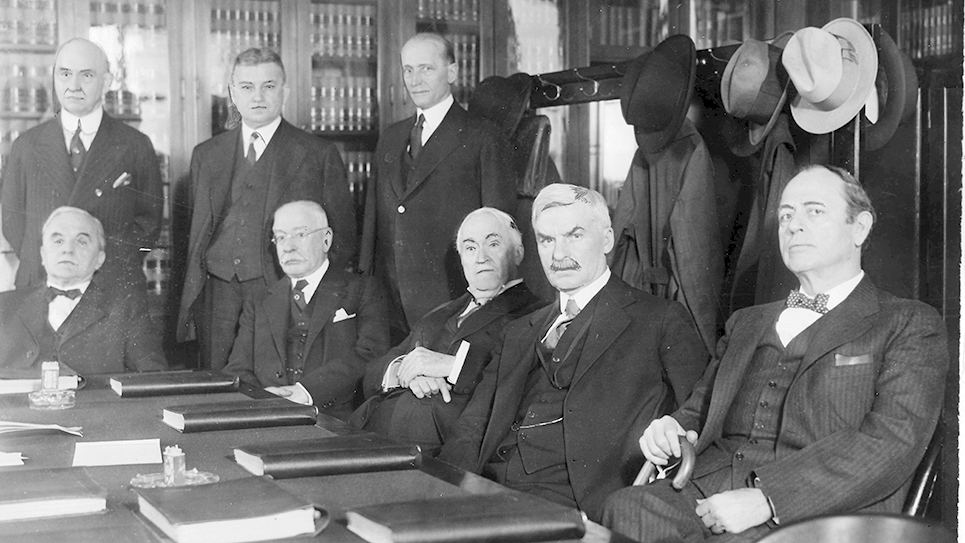Hardly a day goes by without some story, tragedy or crime related to drugs. Statistics tell us that we are in the middle of a drug epidemic and Tennessee is an epicenter. In our state the per capita usage of opioids, like hydrocodone and oxycodone, and the use of benzodiazepines like Xanax is among the highest in the nation. I guess Tennesseans are a nervous bunch, and have a lot of pain. Or is something else at work?
Why do people use drugs? I’m not talking about a glass of wine, a beer or two or taking opioids for postoperative pain. I’m talking about preoccupation with a drug or obsessing over that drug even when it is destructive. Why do people not control themselves and instead let the drug or behavior control them? Why does drug abuse persist in some despite problems at their work or school, despite deteriorating health, financial struggles or legal issues? Why do people sell their body or their soul for a drug that destroys them and even their children?
I’m not a psychiatrist, but emotional problems are common in medicine. A colleague of mine was trained as a family practitioner. However, when he saw how many of his patients suffered from emotional problems he went back and completed a residency in psychiatry. I believe his perspectives as a primary care doctor made him an exceptional psychiatrist. Perhaps it goes both ways.
I’ve written that an internist is a practitioner who wants to know why things happen. As scientists we believe that if we learn why something occurs, we’ll be on the road to know what to do to fix the problem. But, it’s complicated because humans are complicated creatures. I’ve come to understand that the mind and the body are more related than separated. Physical pain colors one’s perspective, and emotional issues hurt.
At one time experts thought that drug addiction was a pleasure response issue; addicts use drugs because they enjoy getting high. Early research focused on the neurochemical pleasure responses of drug usage, where drugs stimulated certain areas of the brainstem. Anyone exposed to opioids and alcohol develops tolerance. However, researchers began to ask why only 7% of alcohol users become alcoholics with destructive behaviors. Similarly, it is often quoted that 10% of us are at risk for dependency if exposed to opioids. Certainly, genetic issues are at work, as they are with most human physiology. An example is the higher levels of blood alcohol in Asian and Native American populations due to their low levels of alcohol dehydrogenase, the enzyme which metabolizes (deactivates) alcohol. It stands to reason that Asian populations feel greater effects of alcohol due to the slower metabolism and resulting accumulation of the drug. But, there is more.
Like humans, rats are social creatures and are often used in experimental models. Studies revealed that rats in cages choose opium laced water over pure water, even to the point of overdose. A researcher named Bruce Alexander in the early 1980s hypothesized that isolated rats in cages chose opium because “what else would they do?” So he devised the “rat park” with 200 times as much space as a cage, toys like hamster wheels and multicolored balls were present, there was plenty of good food and dozens of other rats were together, and half were female. Alexander found that rats who could play, fight, eat and have sex ignored the opium water. And even previously addicted rats placed in the rat park stopped using the opium laced water.
Experts now believe drug addiction is more a “desire for escape than seeking pleasure,” and more “about feeling less than feeling good.” A researcher named Bowlby studied orphans after WWII. He found that children who were fed and sheltered still didn’t thrive like other children, and some even died. We now believe that human touch and connection is integral to healthy development. Children denied emotional intimacy or raised in familial instability often learn to avoid the relational connections that failed them as kids.
Now, I’m not a mechanistic Freudian who holds that poor potty training leads to Oedipal conflicts and neuroses. However, I’ve always wondered why abused children cleave to the abusing parent. They seem to seek emotional connection and ultimately blame themselves for broken bones and broken homes. The same goes for abused spouses.
I’m a guy who believes in personal responsibility and accountability. However, there are those less fortunate than me, and need my understanding and my help. We can rise above our circumstances if we choose to do so. However, embracing the mantle of victimhood is destructive. Understanding and knowledge are empowering, and I’m now more sensitive to the complicated issue of drug addiction than I used to be. And I’m willing to help those who truly want to help themselves.
Despite the researchers’ otherwise insightful observations and intriguing theory of substance addiction, they miss one salient point in this Gordian topic. I am a scientist and a theist, and both perspectives are operative in my world view.
In the 10th chapter of Mark, Jesus admonishes his handlers to “let the children come to me, and do not hinder them, for the kingdom of God belongs to such as these.” As I read this familiar passage, I thought about the handlers who direct the crowds around the Presidential candidates – though these are not children in any traditional sense. In the story Jesus seems to lend credibility to modern scientists as he places his hands on the children and blesses them. Jesus did not make the sign of the cross, but conveyed to the children through touch an extension of divine goodness.
Yes, we are social creatures and whither without the touch of others. But also, we are creatures in need of the Spirit’s touch if we are to be fully alive and to thrive.
Need a Christmas stocking stuffer? Check out my book of essays, “Well…What Did the Doctor Say” at Amazon.com and Barnes&Noble.com!






